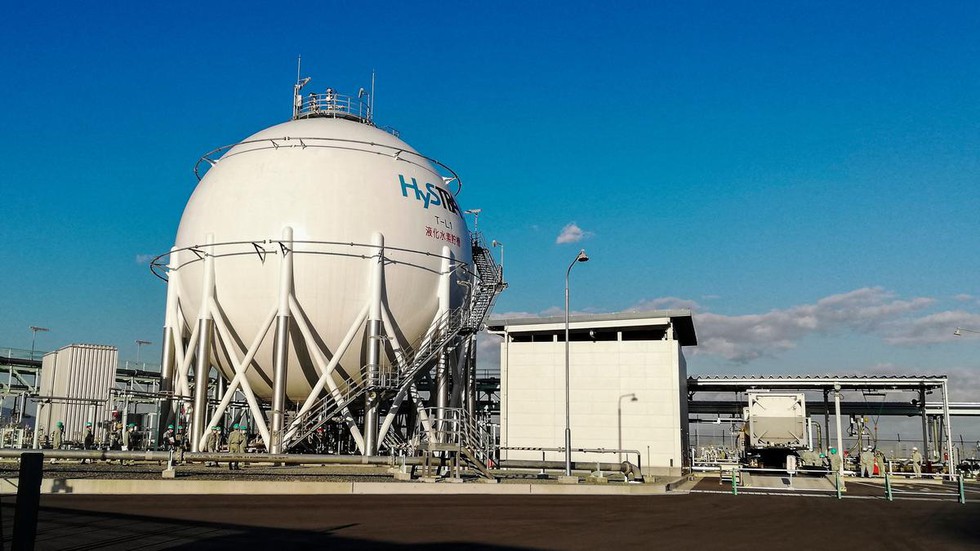What is Natural Hydrogen?
- Hydrogen is considered the fuel of the future due to its potential to decarbonise the global economy and reduce greenhouse gas emissions
- Natural hydrogen, also known as white hydrogen, refers to naturally occurring molecular hydrogen in the Earth’s crust, unlike industrially produced hydrogen.
How is Natural Hydrogen Formed?
- It is generated through geological processes, primarily:
- Serpentinisation – a reaction between water and iron-rich rocks.
- Radiolysis – breakdown of water molecules by radioactive rocks.
- Decomposition of organic matter in deep geological formations.
Why is Natural Hydrogen Important?
- Natural hydrogen is a clean energy source that, if harvested sustainably, can significantly reduce carbon emissions.
- It can provide a low-cost and low-emission alternative to conventional hydrogen sources like grey hydrogen (from natural gas) and green hydrogen (from renewable electricity).
- The cost of natural hydrogen extraction may fall to around $1/kg or less, which is lower than current green hydrogen production costs.
- Natural hydrogen is typically associated with tectonically active regions, ultramafic and basaltic rocks, ophiolite complexes, and hydrothermal systems.
- In India, potential-rich regions include:
- Cratonic belts (e.g., Dharwar, Singhbhum)
- Sedimentary basins (e.g., Vindhyan, Cuddapah, Gondwana, Chhattisgarh)
- Ophiolitic zones in the Andaman Islands and Himalayas.
- Basement rock fracture zones and hot springs.
